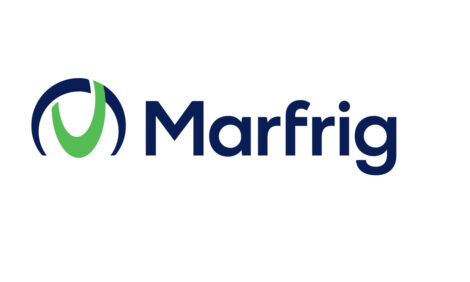



Queensland Egg Producers Boosted by Export Opportunities, Increasing Consumption
AUSTRALIA - Industry representatives say Queensland egg producers are in a good place, with domestic consumption on the rise and new export opportunities on the horizon.Queensland United Egg Producers said the state sector was growing by about 7 per cent annually across all production types, which include free-range, caged and barn-laid eggs.
Chief executive John Coward said there was a lot of confidence in the national industry, but particularly in the Queensland producers.
He said this had a lot to do with the possibility of new export markets in countries such as Korea, where avian influenza had wiped out millions of hens.
"Queensland in particular being close to that market, is in a great position to identify some export opportunities there," Mr Coward said.
"The Federal Government has now opened up some pathways to get some export sales into those areas.
"There have to be agreements put in place between governments to allow those exports to happen, and that is happening."
Mr Coward said what was more exciting was the potential of value-added egg products making their way into the export market and even here in Australia.
"That is a new growth opportunity … the supply and demand cycle has been balanced out and that has seen the continued growth of egg farms looking at how they can meet this new and exciting area of egg production," he said.
"There have been a couple of companies … who have jumped on the bandwagon and asked 'How do we take a fresh, raw egg and turn it into a cooked product and have that ready for market?'"
Domestic consumption increasing
According to Mr Coward, to meet Queensland's egg consumption, 3–4 million eggs are moved onto the market each day.
He said the consumption of caged eggs was still higher than free-range eggs, despite the growth in that particular type of production.
"Free-range eggs are sitting at about 35 to 40 per cent, caged is sitting somewhere around 50 to 55 per cent, and barn-laid are sitting at a much smaller percentage," Mr Coward said.
Caged eggs are much cheaper than free-range, which is why they lead in consumption.
"The idea we have is that we should provide each of the production systems clearly labelled and marked in the marketplace, so that consumers can make their choice according to what they would like to buy," Mr Coward said.
"Obviously free-range cost more because there are higher labour costs and more land involved in the process.
"With caged production systems that certainly meet all the requirements of animal welfare, there is a lower infrastructure cost and more mechanisation.
"So we are seeing a lower unit cost of eggs, about $3 a dozen versus $7 or $8 a dozen for free-range."
Free-range labelling
A decision was made earlier this year for a national standard on free-range egg stocking density, with the Federal Government announcing new laws.
Any eggs labelled free-range now require a stocking density outdoors of 10,000 hens or fewer per hectare.
Mr Coward said that was a positive move that had bolstered confidence among producers and consumers when it came to producing, buying and selling free-range eggs.
"Prior to this, egg farmers were uncertain as to what the real term free-range meant," he said.
"Now with this new definition, it is giving some confidence not only to consumers, but to the farmers as well."








